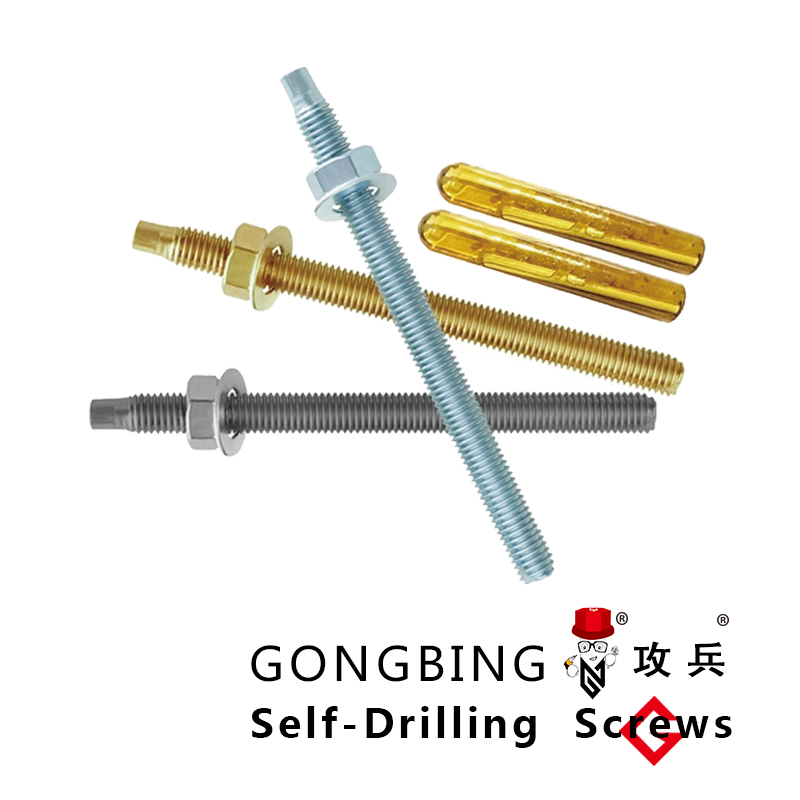headed shear stud
Understanding Headed Shear Studs A Key Component in Composite Construction
In the realm of civil engineering and construction, the efficiency and safety of structures are paramount. One significant innovation that has emerged to enhance the performance of composite beams is the headed shear stud. These shear connectors play a crucial role in ensuring the effective transfer of loads between concrete and steel components, making them indispensable in modern construction practices.
What are Headed Shear Studs?
Headed shear studs are steel connectors that feature a cylindrical head, welded to the top of a vertical shaft. They are typically used in composite construction, which involves the use of both concrete and steel to create robust and resilient structural systems. In a composite beam, the steel component is usually a wide flange beam, while the concrete serves as the topping slab. The headed shear studs are installed on the top flange of the steel beam before the concrete is poured. As the concrete hardens, these studs provide an interlocking mechanism, allowing the concrete and steel to work together effectively under load.
The Importance of Shear Transfer
One of the primary functions of headed shear studs is to facilitate shear transfer between the concrete and the steel beam. When a load is applied to a composite beam, the deformation that occurs must be efficiently managed to prevent structural failure. The shear studs help to achieve this by transferring shear forces from the concrete slab to the steel beam, ensuring that both materials act together as a single composite unit. This interaction significantly enhances the overall strength and stiffness of the assembly.
Advantages of Using Headed Shear Studs
The use of headed shear studs offers several advantages in construction
1. Increased Load Capacity By improving the bond between concrete and steel, headed shear studs allow composite beams to carry greater loads, making them suitable for a wide range of applications, from bridges to high-rise buildings.
headed shear stud

2. Reduced Deflection The reinforced connection helps to minimize deflection under loads, contributing to the overall stability and serviceability of the structure.
3. Simplified Construction The installation of headed shear studs can streamline the construction process. Since they can be welded directly to the steel beam, there is often no need for additional reinforcing bars, making the assembly simpler and quicker.
4. Versatility Headed shear studs can be used in various designs and construction types, including floors, roofs, and bridges, proving their versatility across different engineering applications.
Design Considerations
When designing structures with headed shear studs, engineers must consider several factors, including the spacing and size of the studs. The American Institute of Steel Construction (AISC) and other relevant organizations provide guidelines to ensure the proper number and distribution of shear studs based on the anticipated loads and material properties. The design must also take into account the local building codes and standards to ensure safety and compliance.
Challenges and Recommendations
Despite their advantages, the use of headed shear studs does come with challenges. One primary concern is the potential for shear failure if studs are improperly spaced or insufficiently sized. Moreover, field welding must be executed with care to avoid defects that could compromise the integrity of the connection. To mitigate these risks, rigorous quality control measures and adherence to design specifications are essential.
Conclusion
Headed shear studs represent an innovative solution for enhancing the performance of composite structures. By improving shear transfer between concrete and steel, these connectors not only increase load-carrying capacity but also contribute to the overall stability and durability of modern constructions. As the industry continues to evolve, the importance of such components will undoubtedly grow, highlighting the need for further research and development in this field. With proper design and implementation, headed shear studs will remain a key element in the future of composite construction, ensuring safe and efficient buildings for generations to come.
-
Weatherproof Plastic Expansion Anchors for OutdoorNewsJun.06,2025
-
Sustainability in the Supply Chain: Eco-Friendly TEK Screws ProductionNewsJun.06,2025
-
Load-Bearing Capacity of External Insulation FixingsNewsJun.06,2025
-
Double Head Bolts: Enhancing Efficiency in Industrial MachineryNewsJun.06,2025
-
Corrosion Resistance in Chipboard Screws: Coatings for Wholesale DurabilityNewsJun.06,2025
-
Butterfly Toggle Bolts : Enhancing Structural ResilienceNewsJun.06,2025
